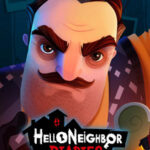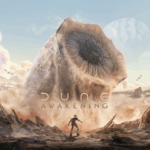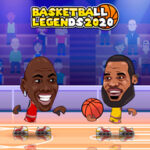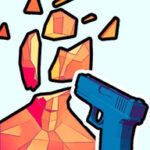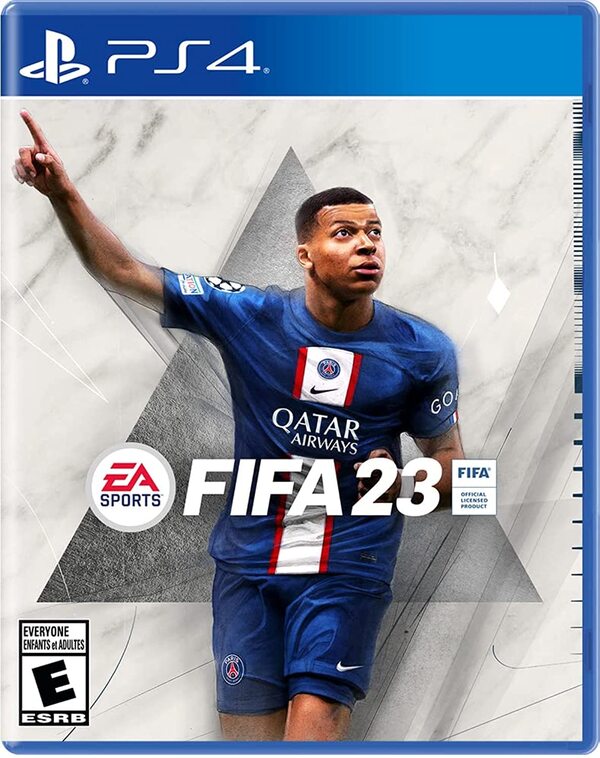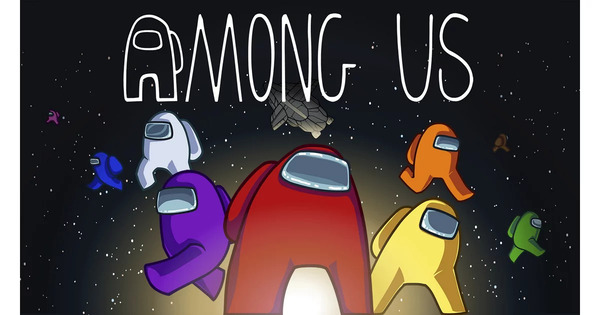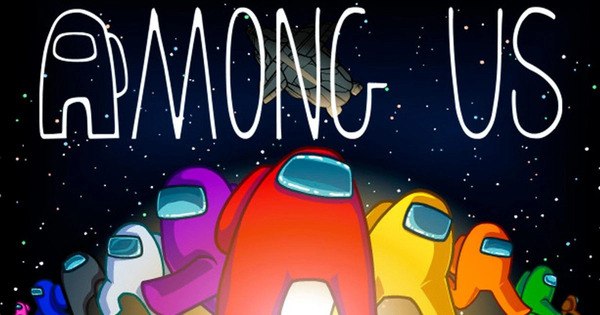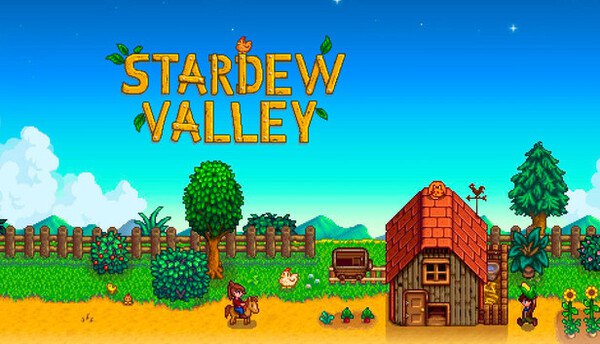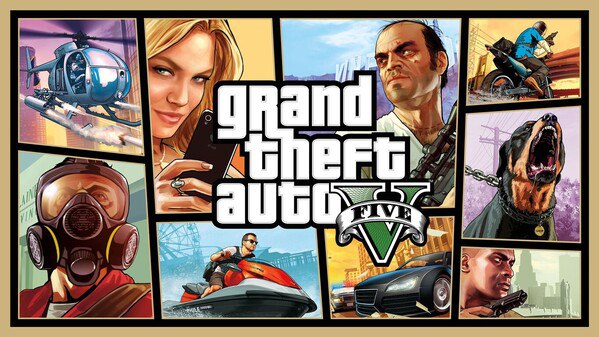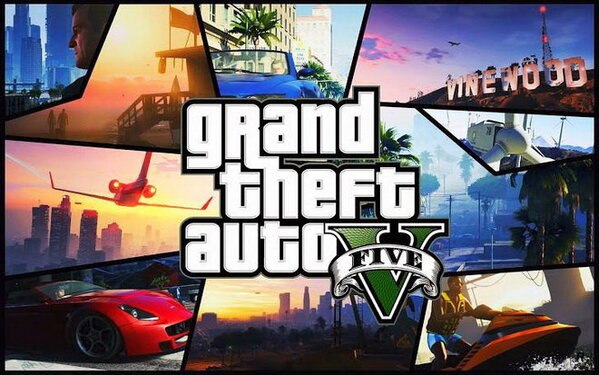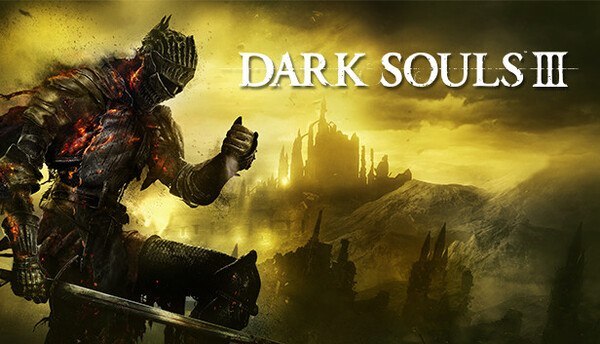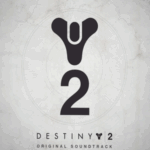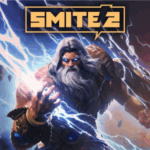League of Legends, developed by Riot Games and released in 2009, is one of the most influential and widely played video games of all time. As a free-to-play multiplayer online battle arena (MOBA), it blends real-time strategy, teamwork, and character specialization in a format that has captivated millions of players and helped shape modern competitive gaming. Its legacy includes not only a massive player base but also a thriving esports ecosystem, an extended universe of animated series, music, and spin-off games, and a cultural footprint that rivals entire entertainment franchises.
With over a decade of continuous updates, evolving gameplay mechanics, and new content, League of Legends has managed to stay fresh, challenging, and relevant in an industry constantly shifting. It is more than a game—it is a platform, a competitive battleground, and a cultural icon.
1. Origins and Development
League of Legends was inspired by the Warcraft III mod Defense of the Ancients (DotA). Riot Games, co-founded by Brandon Beck and Marc Merrill, saw potential in creating a standalone game based on that MOBA formula but with enhanced accessibility and a free-to-play model. After several years in development, League of Legends officially launched on October 27, 2009.
Despite modest beginnings, the game quickly grew thanks to its engaging strategic gameplay, frequent updates, and commitment to fostering a competitive community. Riot Games set itself apart by actively listening to players, releasing new champions regularly, and balancing gameplay based on both casual and professional feedback.
2. Core Gameplay and Mechanics
League of Legends pits two teams of five players against each other in a battle to destroy the opposing team’s Nexus, the core building located in their base. Players choose from a large roster of champions, each with unique abilities and playstyles, and engage in tactical combat across a symmetrical three-lane map called Summoner’s Rift.
Each match includes farming minions for gold, leveling up, purchasing items, and engaging in team fights. Objectives such as Dragon, Baron Nashor, and turrets offer strategic advantages. The game requires a deep understanding of macro- and micro-play, decision-making, positioning, and synergy with teammates.
3. Champion Roster and Roles
League of Legends boasts over 160 champions, and each falls into one of several roles: Top Lane, Jungle, Mid Lane, ADC (Attack Damage Carry), and Support. These roles define a player’s responsibility on the team and how they interact with the map and opponents.
The diversity of champions means there is a playstyle for everyone—assassins for burst damage, tanks for soaking hits, mages for spellcasting, marksmen for sustained damage, and enchanters for healing and buffs. Riot continuously releases new champions while updating older ones to ensure balance and diversity.
4. Map Design and Game Modes
The main competitive map, Summoner’s Rift, is carefully designed with three lanes, a jungle area, and strategic points like the river and objectives. The map changes slightly with updates but maintains a balanced layout that encourages varied strategies.
In addition to ranked and normal 5v5 matches, League also features other game modes such as ARAM (All Random All Mid), rotating featured modes like URF (Ultra Rapid Fire), and Clash, a team-based tournament format. These modes offer variety and allow for more casual or chaotic experiences.
5. Esports and Competitive Scene
League of Legends is at the heart of the global esports industry. Riot Games has invested heavily in professional leagues, including the LCS (North America), LEC (Europe), LCK (Korea), and LPL (China). Each year culminates in the World Championship, a massive event that draws millions of viewers and showcases the highest level of play.
Teams like T1, Fnatic, G2 Esports, and EDward Gaming have become legends within the community. Players such as Faker, Uzi, and Doublelift are now icons with global followings. Riot’s production values, storytelling, and commitment to competitive integrity make its esports offerings among the best in the world.
6. Riot's Content Universe and Expansions
League of Legends has expanded far beyond its core game. Riot Games has developed a multimedia universe that includes animated shorts, comics, lore updates, and music. The Netflix series Arcane, released in 2021, became a global hit and brought LoL’s lore to a broader audience with a compelling story, rich visuals, and emotional depth.
Other spin-offs include Legends of Runeterra (a card game), Teamfight Tactics (an auto-battler), and Ruined King (a single-player RPG). These expansions have made League more than just a MOBA—it is a universe that fans can explore through different genres and platforms.
7. Community Engagement and Player Base
League of Legends has maintained a massive player base for over a decade. Riot supports community engagement through in-game events, regional missions, fan art showcases, and lore drops. The in-game Honor System rewards positive behavior, while frequent patches and champion updates reflect a player-first design philosophy.
However, toxicity remains a challenge. Riot continues to implement systems to combat negative behavior, such as chat restrictions, report systems, and behavioral analysis tools. The company is also investing in tools for content creators and offering mentorship systems to help newer players.
8. Monetization and Cosmetics
As a free-to-play game, League of Legends monetizes through cosmetic purchases. Skins, chromas, emotes, ward skins, and battle passes allow players to personalize their experience. While these cosmetics do not impact gameplay, their quality and creativity have become a major draw for many players.
Some skin lines, like PROJECT, Star Guardian, and K/DA, come with custom voice lines, visual effects, and music videos. Riot also releases Prestige Skins and Mythic Shop exclusives, which have sparked debate about pricing and accessibility. Nevertheless, the monetization remains largely non-intrusive for those who prefer to play for free.
9. Patching, Meta, and Evolution
League of Legends receives bi-weekly patches that adjust champion strengths, item stats, jungle mechanics, and overall balance. This ensures that no strategy or champion remains dominant for too long and keeps the game evolving.
The “meta,” or most effective strategies, changes with each patch and season. Riot introduces new items, reworks existing systems, and even updates visual and audio assets regularly. These changes keep the game fresh but also require players to stay informed and adapt quickly, making the skill ceiling incredibly high.
10. Challenges and the Road Ahead
Despite its success, League of Legends faces challenges. The learning curve is steep, and onboarding for new players can be overwhelming. Toxic behavior, although mitigated, still deters some users. The game’s complexity can also create balance issues that are difficult to resolve across all ranks and regions.
Looking forward, Riot plans to expand the universe with more shows, mobile ports, and possibly a fighting game and MMO set in Runeterra. League’s future lies not just in competition but in storytelling, accessibility, and its ability to evolve with its audience.
Conclusion: League of Legends – A Competitive Legacy That Continues to Evolve
League of Legends is a once-in-a-generation title that has shaped modern gaming through its mix of deep strategy, engaging characters, and cultural relevance. Whether you’re climbing the ranked ladder, cheering on your favorite pro team, or diving into the lore of Runeterra, League offers something for everyone. Its influence on esports, its vibrant and ever-changing world, and its ability to remain relevant across decades make it a true titan of the industry.
The game demands patience, practice, and perseverance, but rewards players with intense satisfaction, community engagement, and endless strategic depth. For many, League of Legends is not just a game—it’s a way of life, a social network, and a creative outlet.
Final Overall Rating: 4.8 out of 5
League of Legends is a digital battlefield, a global community, and a competitive epic that continues to inspire and challenge millions. Few games have stood the test of time quite like it.

